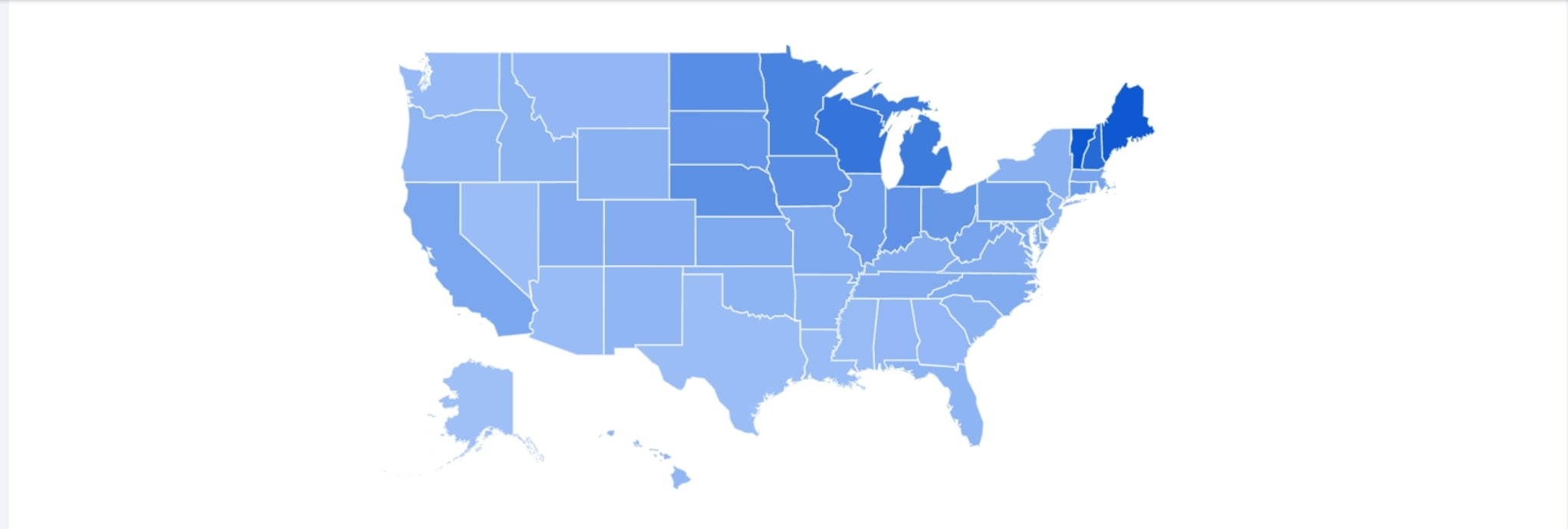As we approach the end of summer, the Monarch butterfly population has shown an interesting trend across the nation.
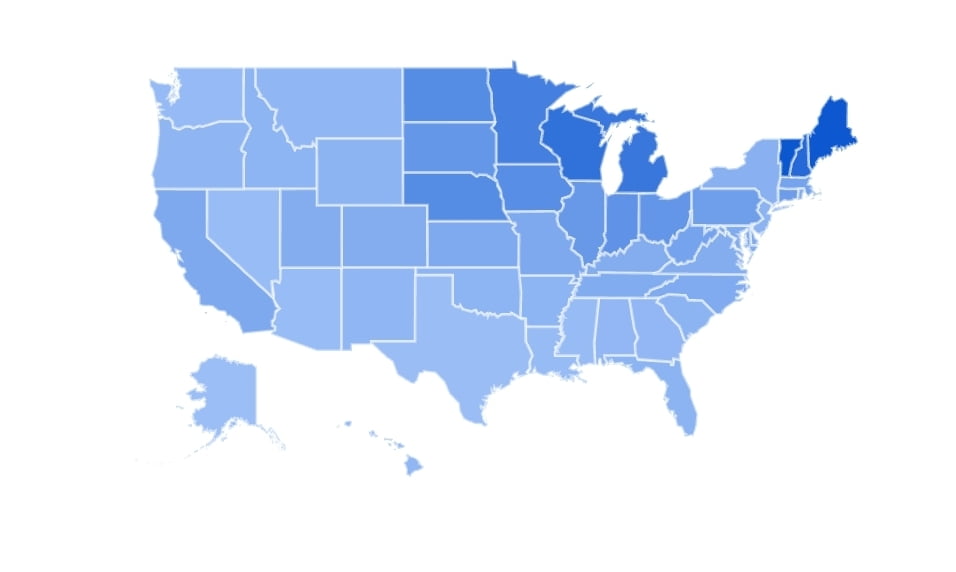
The latest data reveals intriguing patterns, suggesting a potential shift in the Monarch’s usual migratory behavior.
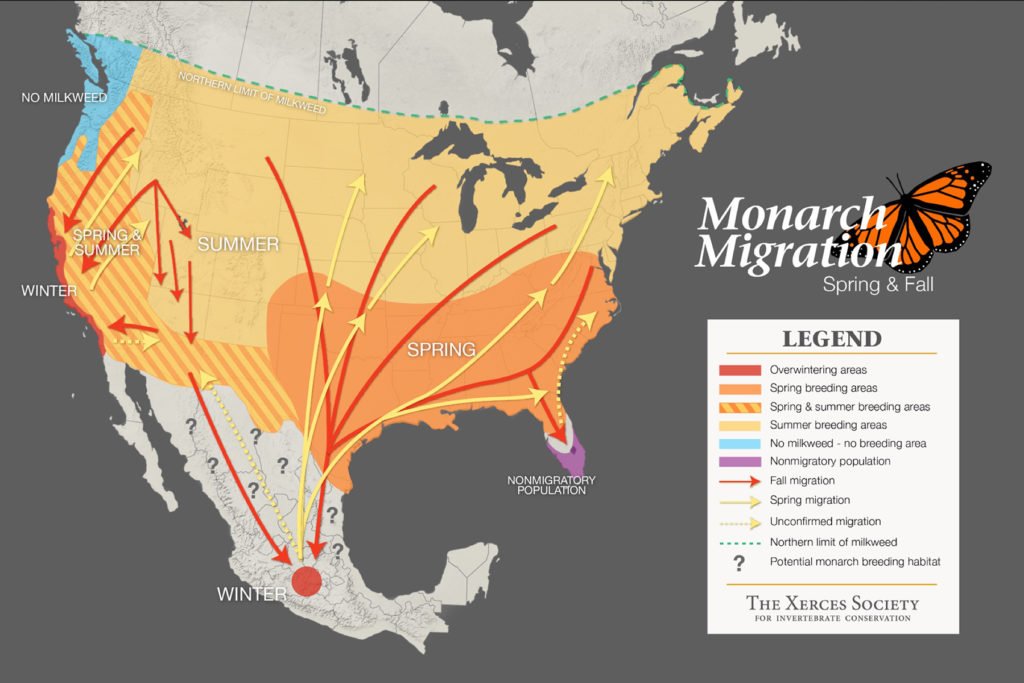
Leading the Pack: Vermont and Maine
Topping the charts for Monarch sightings this month are Vermont and Maine. Both states are tied, showcasing an impressive surge in the number of these iconic orange and black butterflies. The extensive meadows and open fields in these states, rich in diverse flora, are likely contributing to this uptick in Monarch presence. Many Monarchs migrate down from Canada by way of New England, but the Monarchs being that far north still might indicate an Indian Summer for the eastern states.
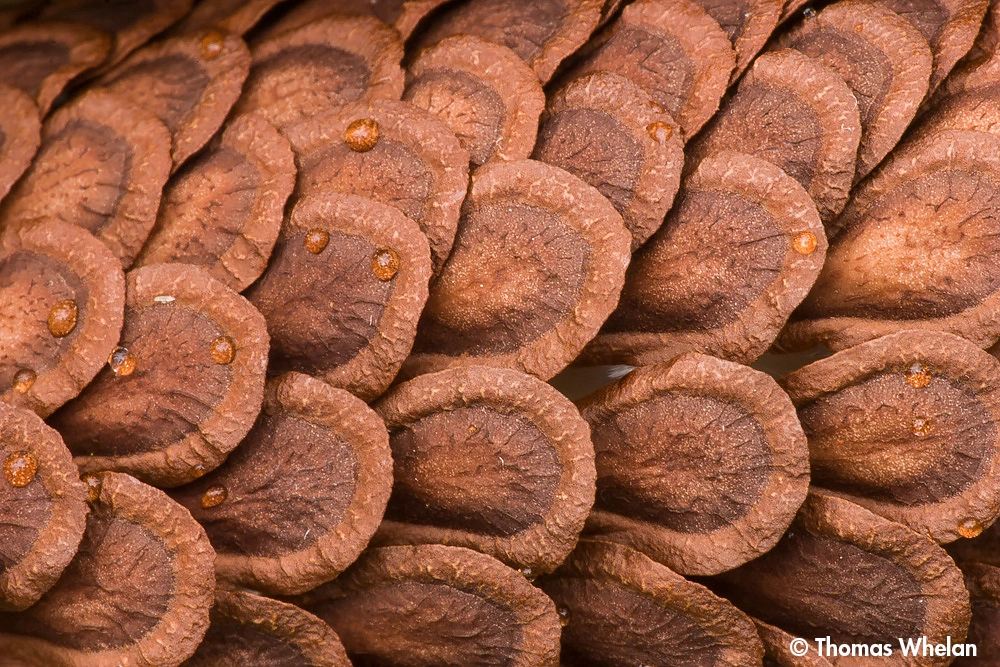
Milkweed Seeds
Seeds for growing plants in the Milkweed genus (Asclepias); required for all Milkweed butterflies, like the Monarch and Queen.
Following Close Behind: New Hampshire
Not to be overshadowed, New Hampshire is hot on the heels of its neighboring states. With its mix of forests, lakes, and fields, New Hampshire offers an ideal habitat for the Monarch and the Milkweed to flourish.
The Midwest Monarch Movement: Wisconsin and Michigan
Wisconsin has secured the fourth position, closely followed by Michigan in the fifth. Known for their vast stretches of farmlands, forests, and wetlands, these states have consistently been favorable stops for Monarchs during their migration.
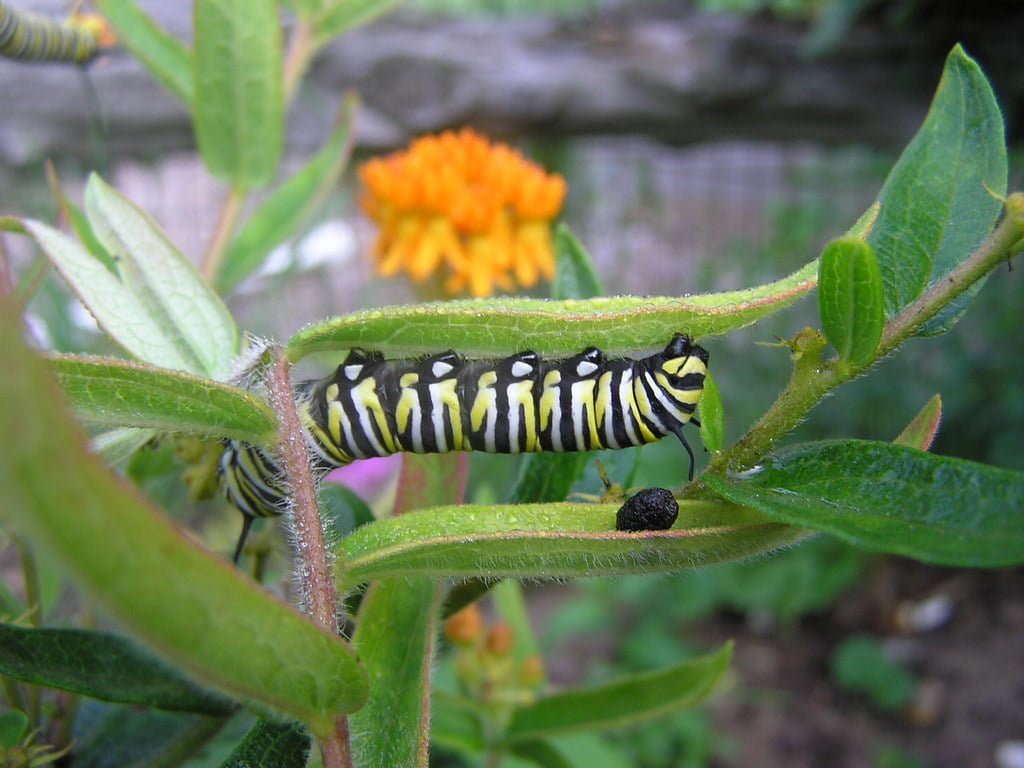
125 Butterfly Milkweed Seeds (Asclepias Tuberosa) for North America
More than 600mg of Butterfly Milkweed Seeds (Asclepias tuberosa). Origin Kentucky.
The Northern Plains States: A Collective Surge
The Dakotas, Iowa, and Nebraska – collectively known as the Northern Plains states – follow suit. Their combined sighting numbers have placed them just behind Michigan. With their expansive grasslands and prairies, these states have traditionally been significant areas for Monarch migration.
The Mighty Mississippi Connection
One intriguing observation this year is the Monarchs’ apparent convergence towards the mighty Mississippi River. This suggests that the vicinity of the river must be teeming with milkweed, the primary host plant for Monarch caterpillars. Milkweed not only provides sustenance for the larvae but also serves as a nectar source for adult Monarchs. The abundant presence of milkweed along the Mississippi might be acting as a beacon, drawing the butterflies towards it.
Conclusion
August 2023 has brought with it exciting patterns in the Monarch’s migratory journey. The evident shift towards the Northeast and the mighty Mississippi’s allure underscores the ever-evolving nature of our environment and its inhabitants. Continued monitoring and conservation efforts, especially focused on planting and preserving milkweed, can ensure that these beautiful butterflies grace our skies… one day at a time!

The Adventures of Johnny Butterflyseed – Author Signed First Edition Children’s Book
Save the monarchs!
Johnny Butterflyseed and his fairy friend, Raven Silverwing, embark on a mission to save the rapidly disappearing butterflies. They enlist the help of Queen Venus Goldwing and her kingdom of monarchs to educate and inspire kids to become butterfly farmers. At first, Johnny faces his own internal struggle with self-doubt and fear in his ability to make a difference, but then soon develops a mindset that allows him to not only get started, but also make progress one day at a time. Through challenge after challenge, Johnny learns that he is not alone in his mission and that there are many people who want to help. Together, Johnny, Raven, and Queen Venus educate thousands of children on becoming butterfly farmers.
